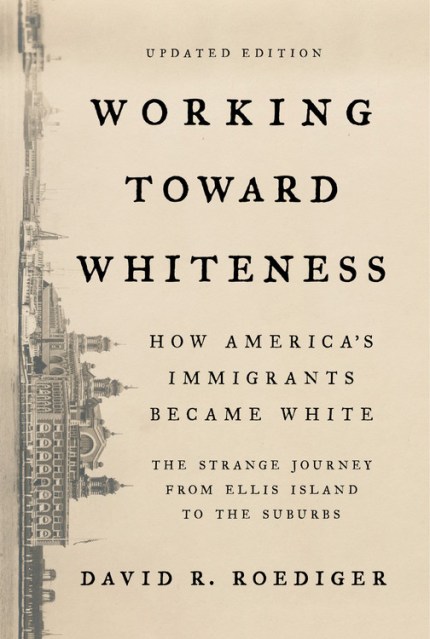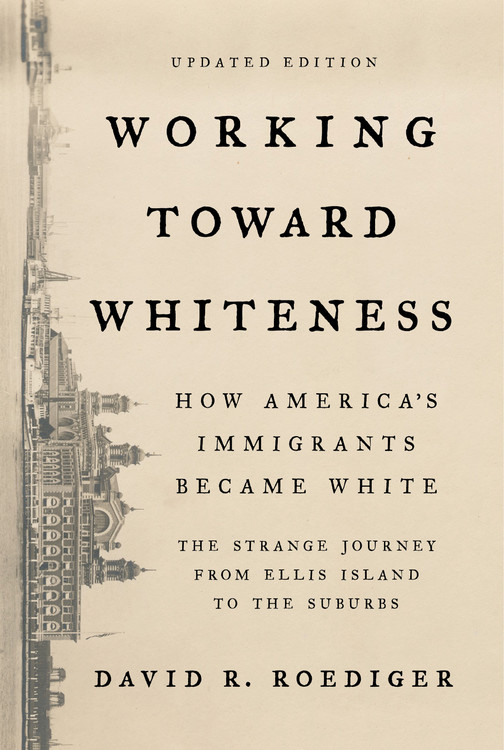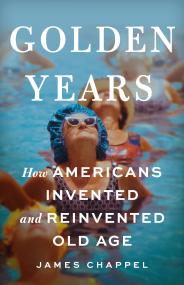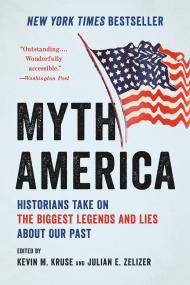Promotion
25% off sitewide. Make sure to order by 11:59am, 12/12 for holiday delivery! Code BEST25 automatically applied at checkout!
By clicking “Accept,” you agree to the use of cookies and similar technologies on your device as set forth in our Cookie Policy and our Privacy Policy. Please note that certain cookies are essential for this website to function properly and do not require user consent to be deployed.
Working Toward Whiteness
How America's Immigrants Became White: The Strange Journey from Ellis Island to the Suburbs
Contributors
Formats and Prices
- On Sale
- Dec 4, 2018
- Page Count
- 368 pages
- Publisher
- Basic Books
- ISBN-13
- 9781541673472
Price
$18.99Price
$23.99 CADFormat
Format:
- Trade Paperback $18.99 $23.99 CAD
- ebook $12.99 $16.99 CAD
This item is a preorder. Your payment method will be charged immediately, and the product is expected to ship on or around December 4, 2018. This date is subject to change due to shipping delays beyond our control.
Buy from Other Retailers:
David R. Roediger has been in the vanguard of the study of race and labor in American history for decades. He first came to prominence as the author of The Wages of Whiteness, a classic study of racism in the development of a white working class in nineteenth-century America. In Working Toward Whiteness, Roediger continues that history into the twentieth century. He recounts how ethnic groups considered white today-including Jewish-, Italian-, and Polish-Americans-were once viewed as undesirables by the WASP establishment in the United States. They eventually became part of white America, through the nascent labor movement, New Deal reforms, and a rise in home-buying. Once assimilated as fully white, many of them adopted the racism of those whites who formerly looked down on them as inferior. From ethnic slurs to racially restrictive covenants-the real estate agreements that ensured all-white neighborhoods-Roediger explores the mechanisms by which immigrants came to enjoy the privileges of being white in America.
A disturbing, necessary, masterful history, Working Toward Whiteness uses the past to illuminate the present. In an Introduction to the 2018 edition, Roediger considers the resonance of the book in the age of Trump, showing how Working Toward Whiteness remains as relevant as ever even though most migrants today are not from Europe.
-
"Provocative."Washington Post
-
"Working Toward Whiteness is a tour de force. This book will be the point-of-departure for future studies of 'whiteness.'"Rudolph J. Vecoli
-
"If race is real and not just a method for the haves to decide who will be have-nots, then all European immigrants, from Ireland to Greece would have been 'white' the moment they arrived here. Instead, as documented in David Roediger's excellent Working Toward Whiteness, they were long considered inferior, nearly subhuman, and certainly not white."Mother Jones
-
"David Roediger has given us another of our most compelling, incisive, and elegant analyses of racial subjugation and privilege-in-the-making in the United Sates. Working Toward Whiteness is a brilliant investigation of that historical zone where institutions, ideas, and street-level experiences meet and give form to one another. It may be Roediger's most powerful contribution yet. An exemplary work."Matthew Frye Jacobson, authorof Whiteness of a Different Color and RootsToo: White Ethnic Revival in Post-Civil Rights America
Newsletter Signup
By clicking ‘Sign Up,’ I acknowledge that I have read and agree to Hachette Book Group’s Privacy Policy and Terms of Use






